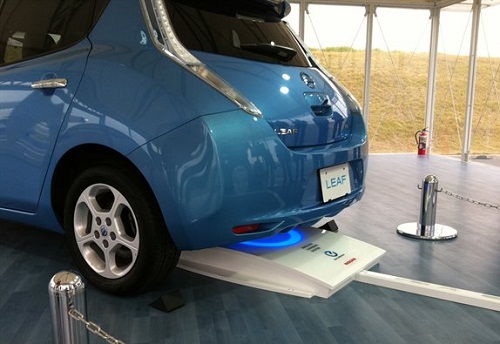GRA
Well-known member
Via IEVS: http://insideevs.com/7-7-kw-wireless-charging-standard-expected-adopted-january-2017/
WPT 3 and 4 are presumably European 3-phase.When SAE International released its “SAE TIR J2954 Wireless Power Transfer for Light-Duty Plug-In/ Electric Vehicles and Alignment Methodology” last May, we had hoped that wireless charging standards would be quickly adopted, but it seems there is still couple more years to “make it so”. According to Green Car Congress, charging level WPT 2 (or 7.7 kW) is to be approved in January (along 3.7 kW WPT 1), but commercialization is not planned to be at full swing until 2020. . . .
The SAE TIR J2954 contains a normative specification for both the vehicle and infrastructure side coils for the power level WPT 1 up to 3.7kW and informative specifications for WPT 2 to 7.7kW.
The current timing plan projects a commercial rollout of Wireless Power Transfer infrastructure by 2020. The SAE J2954 Standardization plan includes coordinated bench and vehicle testing, industry consensus work (standards documents) and three milestones from 2016-2018 in support of commercialization of wireless power transfer by 2020. . . .”
Tests of various systems (WPT 1 and WPT 2) are underway at Idaho National Lab (INL) with interoperability between them as main topic. The higher power 11 kW WPT 3 and 22 kW WPT 4 still awaits its turn.

